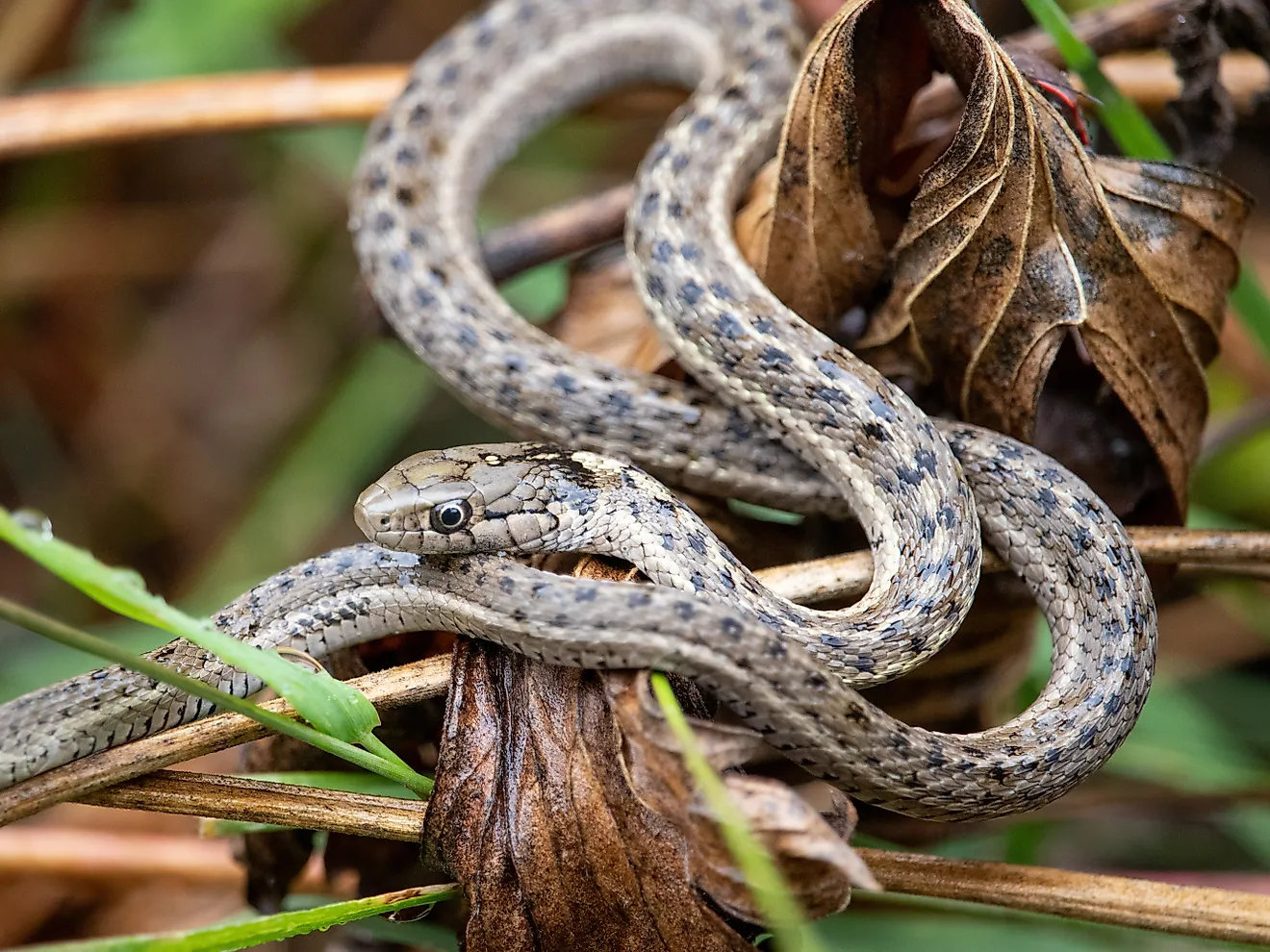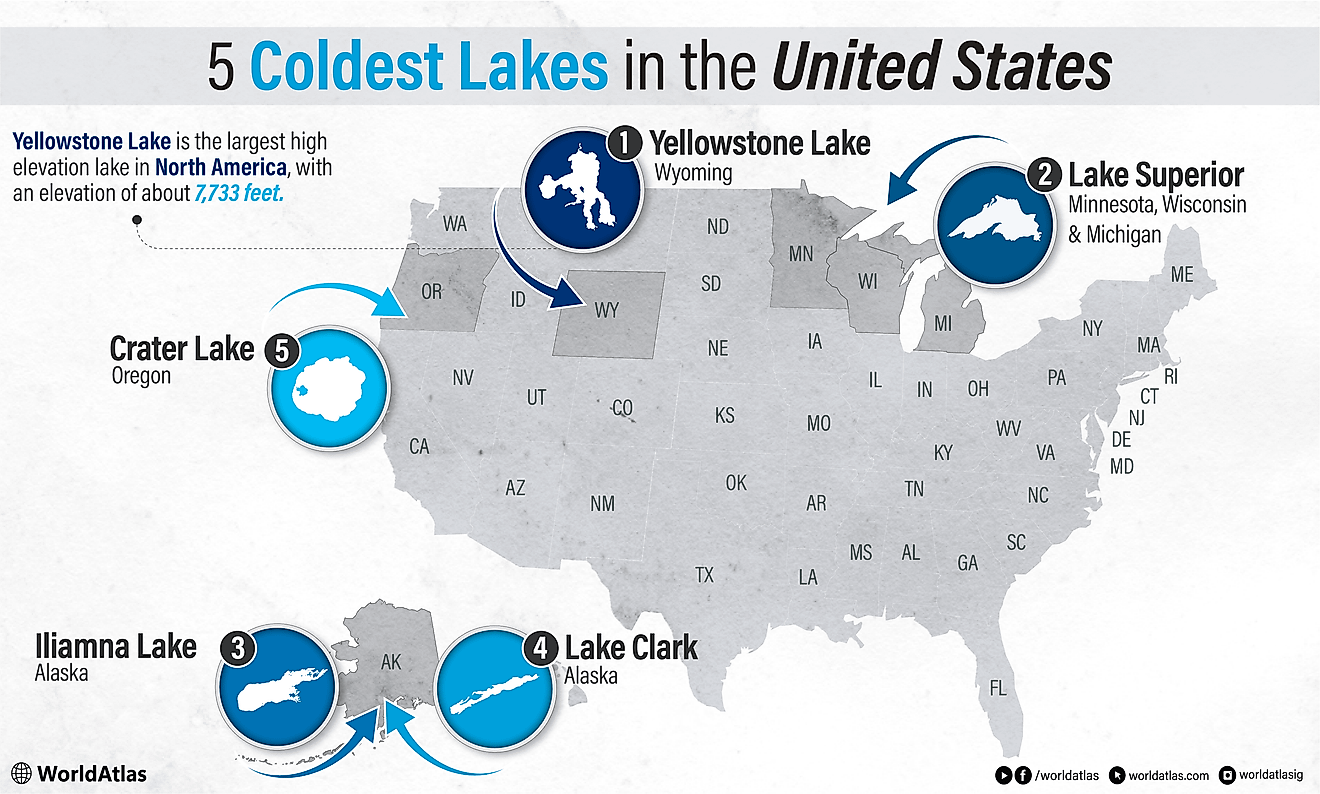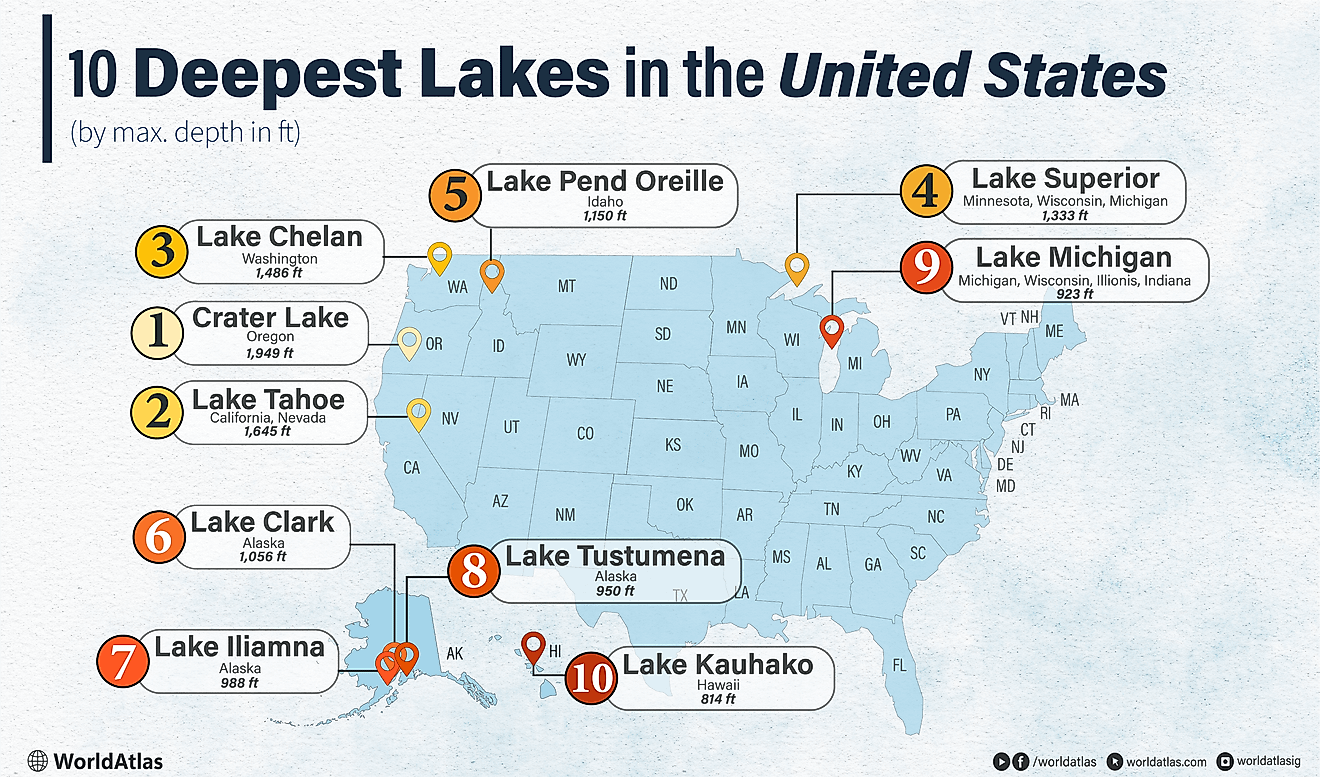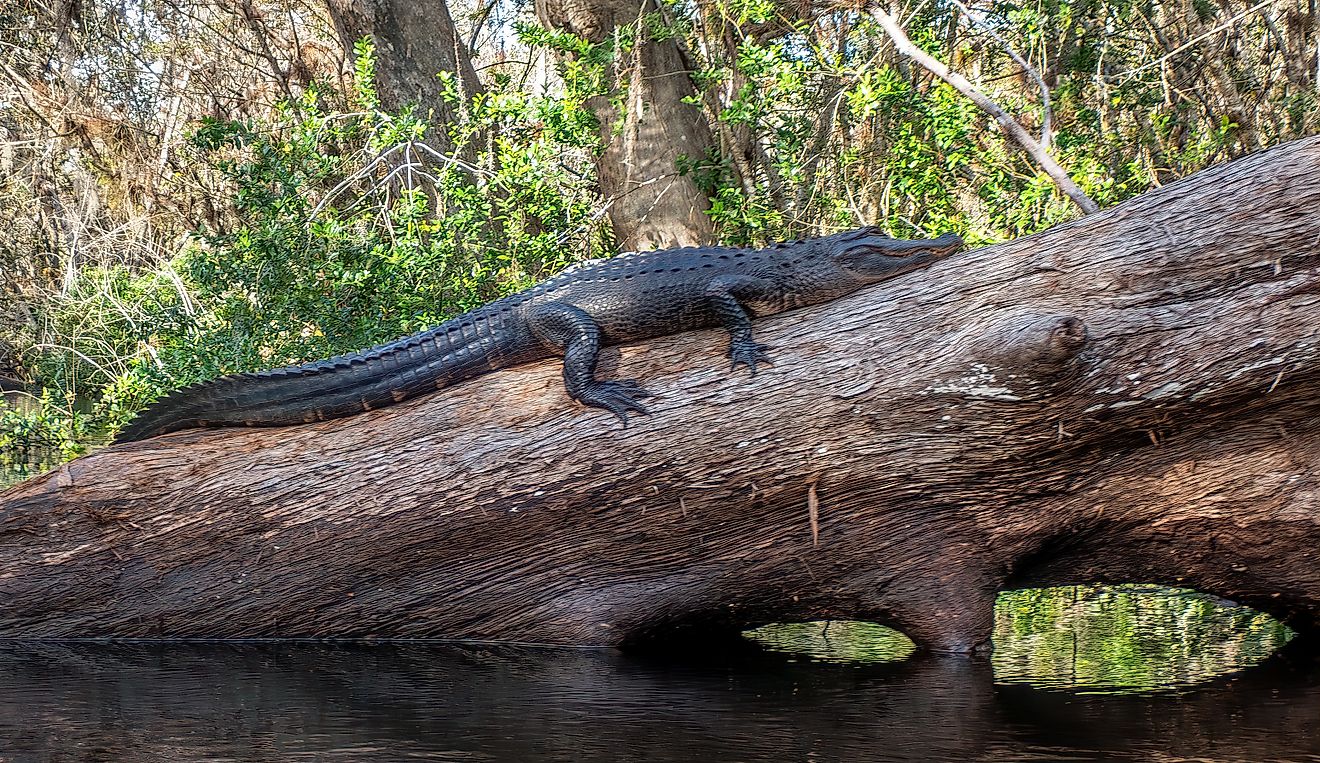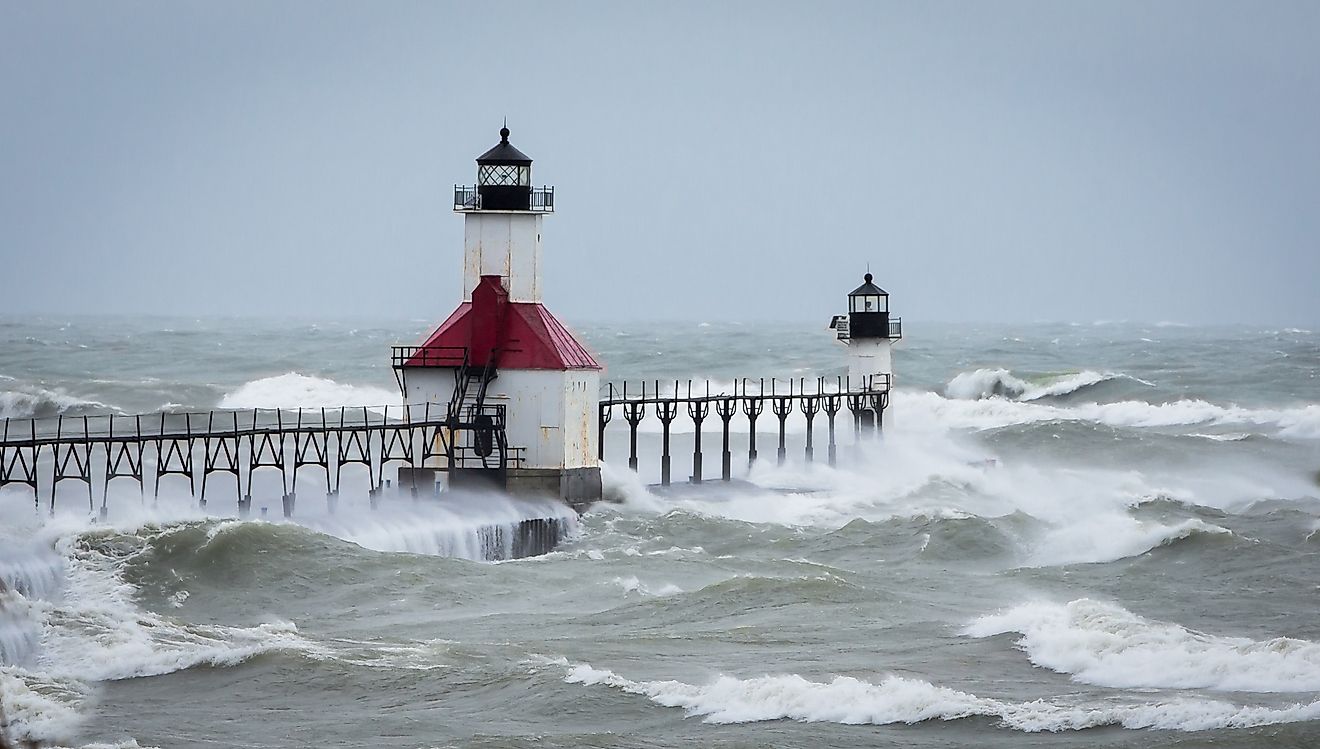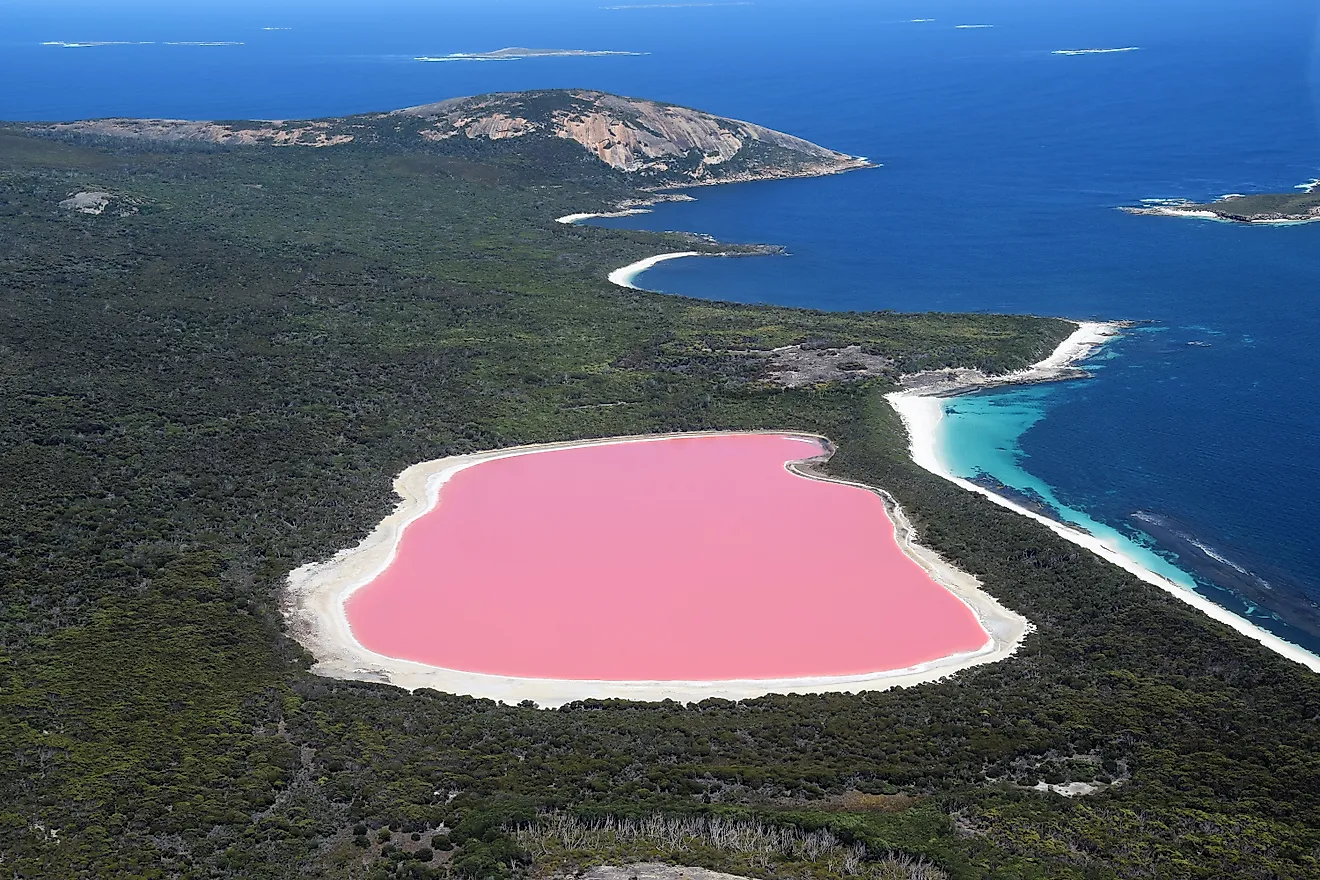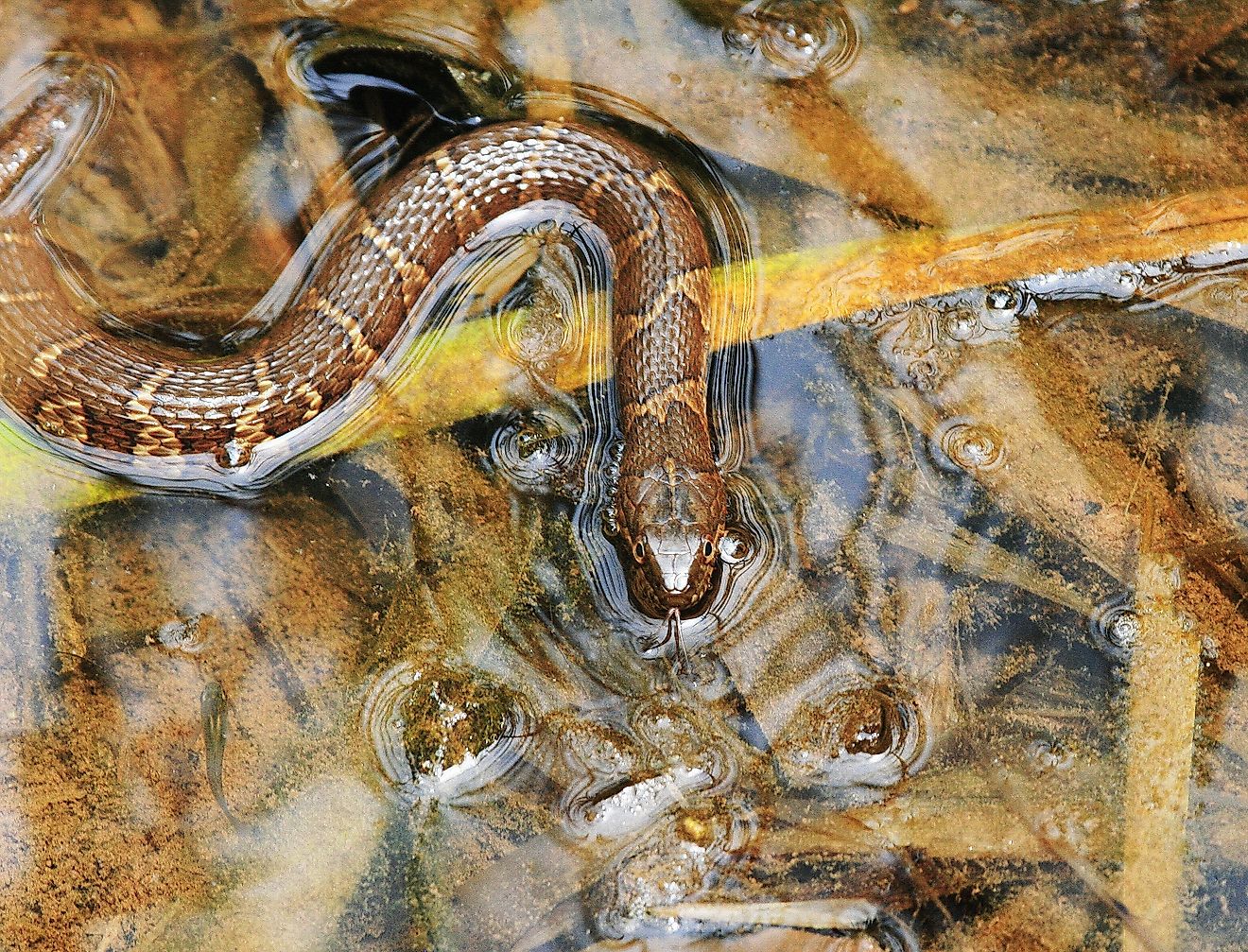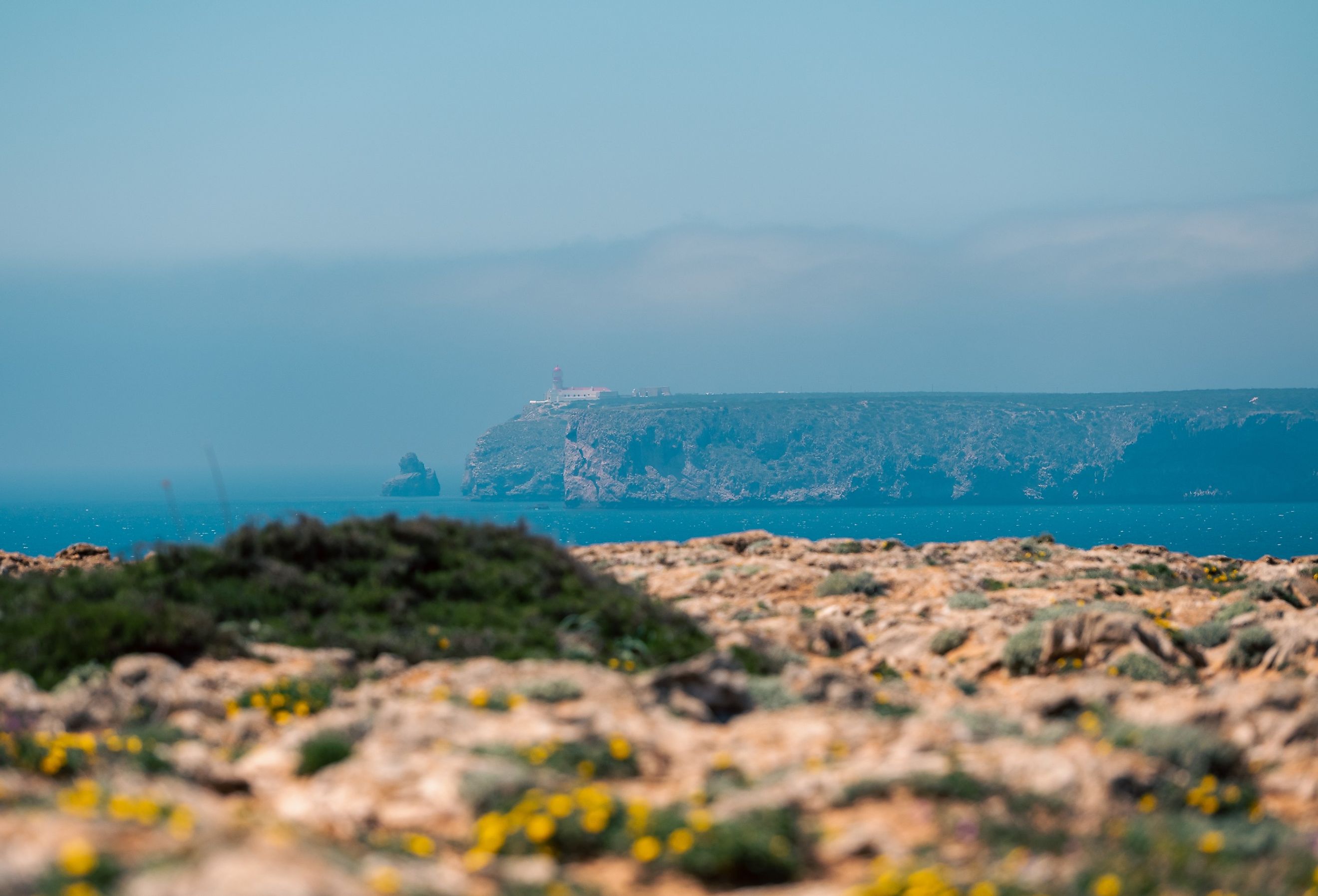
Gulf of Cadiz
Gulfs refer to inlets in the ocean that provide access to the land. They form from the movement of tectonic plates, far under the earth. The Gulf of Cadiz mirrors this geography, particularly with its deep indentation that forges far past the parameters of a bay. The closest continental land masses include Portugal and Spain, and it effectively comprises a part of the larger Iberian Peninsula body of water. Cadiz Gulf, or in Portuguese, Golfo De Cádiz, extends approximately 200 miles and is a part of the Atlantic Ocean.
Where Is The Gulf Of Cadiz?
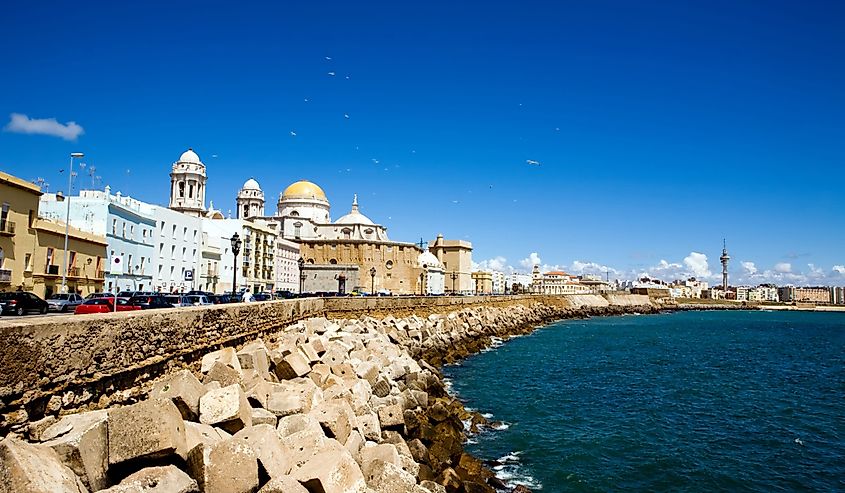
The Gulf of Cadiz takes position from Cape Saint Vincent to Gibraltar. Its coastline boasts tall cliffs interspersed with rocky beaches and a variety of river mouths. These result in significant settlements along the area, both in historic and present Portugal and Spain. From the south side of the Algarve in Portugal, it flows southward towards Spain. Along the route, it incorporates a diverse marshland that receives protection from dunes.
Golfo De Cádiz flows in a consistent direction, with regular interruptions of tidal channels. These include the Guadalquivir and Guadalete rivers, with the brackish waters leading past saltworks and various villages or larger settlements. At its southernmost coasts, it repeats a pattern of rocky and sandy beaches.
Flora And Fauna Of The Gulf Of Cadiz
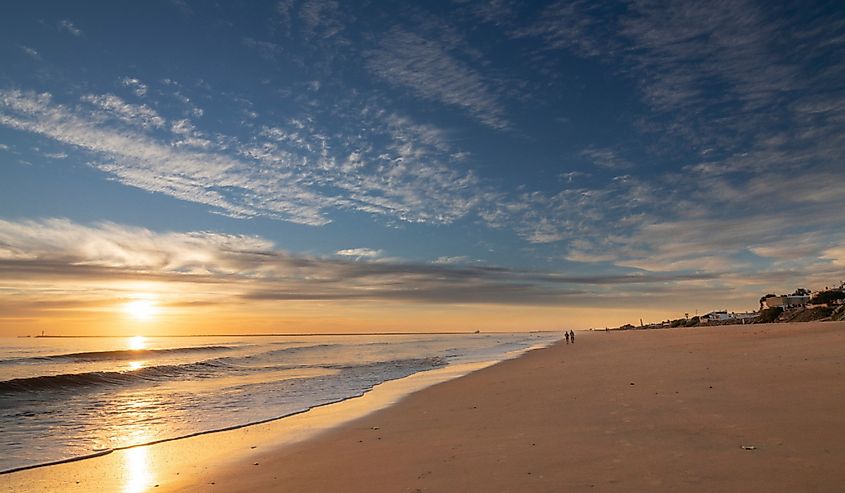
There are diverse ecosystems that span 200 miles of coastal area. It hosts impressively varied biomes, ranging from marshy wetlands to rocky and sandy beaches. These support a plethora of waterbirds that, along with a series of marine life that's internationally renowned for their sheer number of protected species. Among these are tree coral, Dendrophyllia ramea, and orange coral, Astroides calycularis.
Doñana, a marine area that's part of the Gulf of Cadiz is popular for researchers and tourists alike. It's home to a range of corals, sea turtles, mollusks, and a wide variety of fish. The flora receives significant protection from the National Heritage Site status, but it doesn't extend to the waters themselves.
Scholars monitor the waters regularly, yielding discoveries of new species in the area. Because many of its water creatures have significant value in the commercial market, various agencies monitor the area to help avoid the risk of overuse of the resources.
Towards the north of the Gulf of Cadiz, near Mazagon, the rocky base is replete with gorgonians. These areas are also the home of various sponges and invertebrates. The Leptogorgia sarmentosa and Elisella paraplexauroides rely on the waters to thrive, and, in turn, support the overall ecosystem.
Geography Of Cadiz Gulf
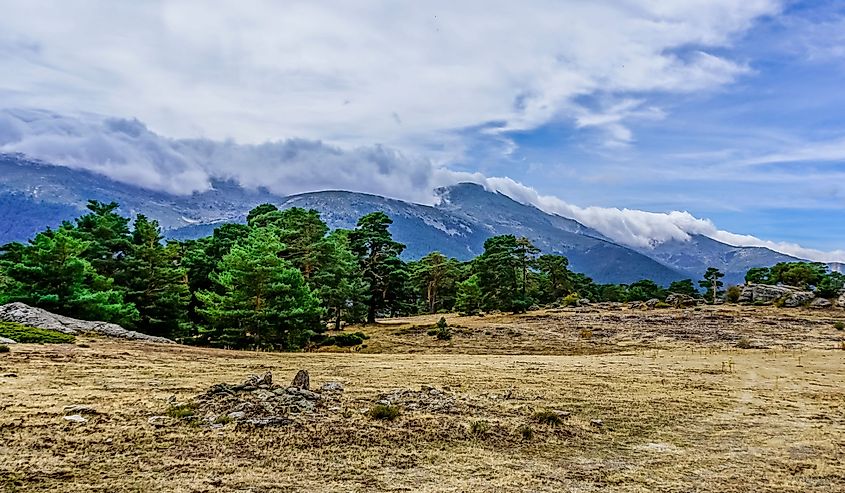
The Gulf of Cadiz takes position in the eastern section of the Northern Atlantic region. Located southwest of the Iberian Peninsula, the boundary to the east is the Gibraltar Strait. Its western border is the Mediterranean Sea. The Cadiz Gulf is unique through its irregular geomorphological characteristics. Among these special features are the continental shelf by Spain, its number of channels, and its presence of mud volcanos.
The gulf itself is quite deep, measuring between 300m and 600m at its thermocline, then ranges as deep as 1,500m in the low-salt environment. Because of its unique combination of waterways, the circulation extends into three different branches. One heads northwest, another to the west, and a third flows down to the Canary Islands. Its vast influence means that the Gulf falls under the influence of Morroco, Portugal, and Spain.
Moving into the furthest inland section, there is the Parque Nacional de Donana. This protected area remains of extreme value for its unique biosphere. It attracts tourists regularly and contributes significantly to the local economy through those means.
Going west from the national park, the gulf leads to Olhão, Portugal. This is a hub that represents the relative endpoint of the Cadiz Gulf. The names and political borders differ from their historical counterparts.
History And Culture Of The Gulf Of Cadiz
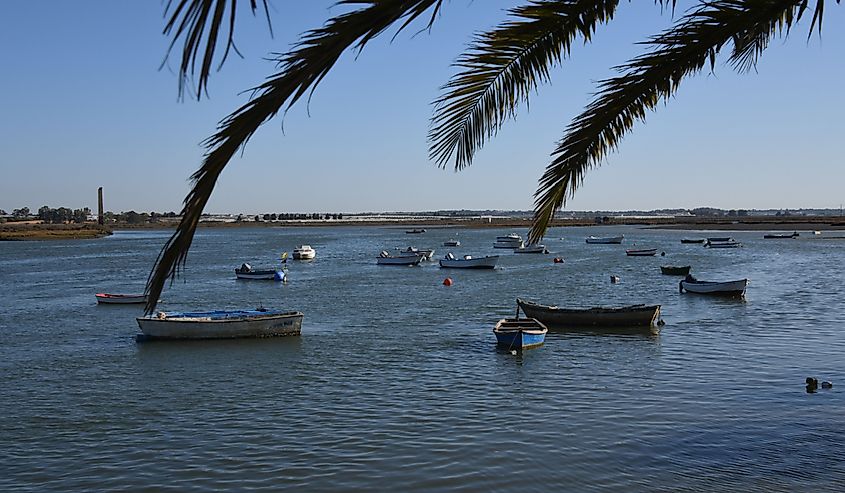
The Cadiz Gulf has a history dating to the end of the Miocene era, with the tectonic activity paired with the Zanclean flood causing the formation of the narrow Gibraltar Strait. The water density and circulation result in Mediterranean Outflow Water (MOW) pushing outward into the Gulf of Cadiz.
During the exploration age, Moors, Romans, and Phoenicians all made impacts on the region. Their influence remains, particularly in smaller areas along the coastline of the gulf. Thanks to the strategic position, the Gulf allowed explorers to engage in maritime trade and provided many ports that let civilizations venture outwards.
From a sociological perspective, the recorded history of the Gulf of Cadiz incorporates the stories of multiple settlements. A noteworthy one is the Catedral de Cadiz, a development that is on the Bay of Cadiz, in the town with its namesake. Right on the far east segment of the gulf, the entire area is replete with tourist locations that emphasize culture, arts, and the ocean-based economy.
Conclusion
It remains a popular place for tourists and explorers, with each town holding a special part of history. With beautiful shores and endless opportunities to explore, it is valuable to science and society. The Gulf of Cadiz continues to represent a valuable trading port while carrying forth all the tourism benefits of its historical influences.


